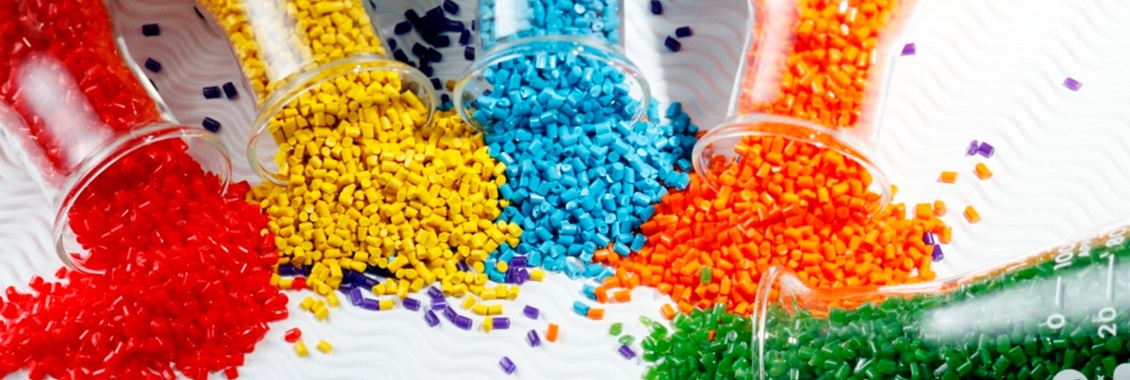Vietnamese Masterbatch: Breaking into the Indian Market?
1. Overview of the Indian Plastics Industry and Its Impact on Masterbatch Manufacturers
India's plastic manufacturing and processing industry is currently considered one of the fastest-growing sectors in the country, with an annual consumption growth rate of 16% and revenues exceeding USD 20 billion. The market comprises around 25,000 companies and provides employment to over 3 million workers. In 2009 alone, domestic production reached 5.72 million tons of polymers and plastics.

India – A Promising Market with Numerous Opportunities for Global Masterbatch Manufacturers
Compared to other countries, India's masterbatch industry also boasts the highest global growth rate, with an annual consumption growth of 16% (compared to 10% in China—the second-largest market—and 2.5% in the UK). Notably, alongside the development of plastic manufacturers, the rapidly growing plastic processing industry serves other key sectors such as electronics, automotive, medical equipment, consumer goods, and packaging-related products like pallets and PE films.
What Are the Main Technologies Used by Indian Masterbatch Manufacturers?
Regarding the primary processing technologies applied in India's plastics industry, injection molding holds the top position, utilized by 58% of masterbatch manufacturers. This is followed by extrusion and blow molding, accounting for 30% and 10% of the market, respectively. Other techniques are negligible, comprising only 2% of production.
2. Increasing Demand in India Has Encouraged Vietnamese Masterbatch Manufacturers to Enter the Market
Although Vietnam's total export turnover to India remains modest, particularly in the plastics sector, which accounted for only USD 15.9 million in 2011 (according to the Vietnam Trade Promotion Agency), experts believe India is a promising market for Vietnamese plastic manufacturers. This is due to India's standards and requirements aligning well with the technology and production capabilities of most Vietnamese plastic enterprises.
According to Viettrade, the growth rate of India's plastics industry (estimated by the total value of masterbatch manufacturers) is approximately 2 to 2.5 times higher than the country's GDP. This indicates that the growth rate and demand for plastic products in India significantly surpass the average development levels of other industries. This situation demonstrates that their efforts to accelerate technology and production capacity have opened up numerous opportunities for Vietnamese companies to export raw materials (such as filler masterbatch, color masterbatch, plastic additives, etc.) to support this development.

Stable Development in India Benefits Foreign Masterbatch Manufacturers
Additionally, the stability in economic development leads to increased usage of plastic products across various industries, thereby creating more opportunities for masterbatch manufacturers. It is anticipated that the total revenue of India's plastics industry will reach USD 10 billion by 2020, with over 40,000 new technologies and machines being installed and applied in production. Some sectors/fields considered to have top prospects include the development of new applications and products, advancement of high-tech machinery, technological transformation, and the refinement of high-tech products.
What Advantages Do Vietnamese Masterbatch Manufacturers Have Over Indian Companies?
In recent years, the plastics industry has primarily been known for plastic processing due to the need to import 80% of raw materials. This contrasts with the significant advantage that Vietnamese masterbatch manufacturers possess in producing filler masterbatch (a type of plastic additive masterbatch), which serves as a primary raw material in plastic production.
